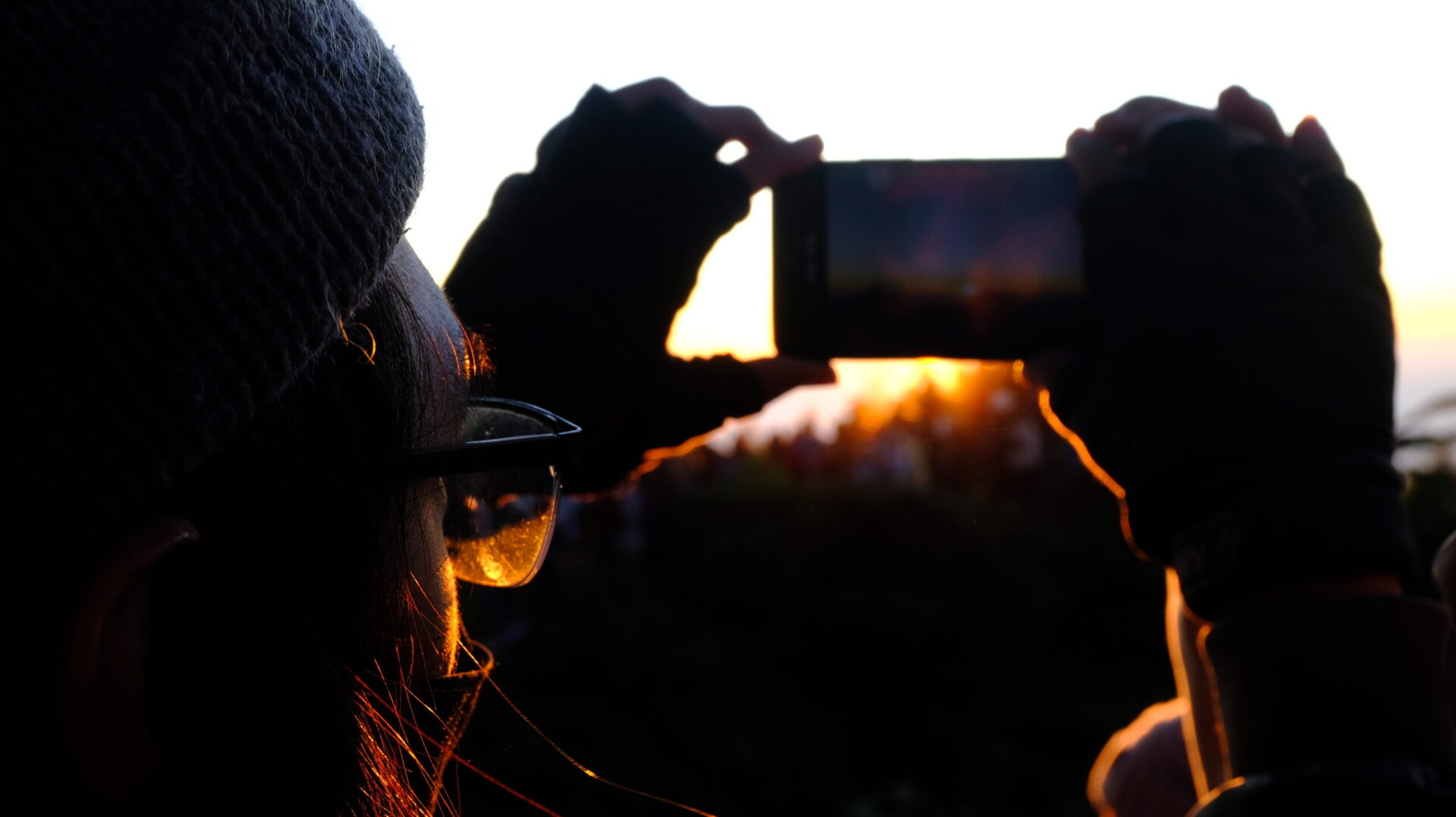Introduction
Learning camera settings might seem daunting, but it’s actually quite simple. By understanding the basics of ISO, aperture, and shutter speed, you can take more creative and high-quality photos. This article will help you grasp these concepts and put them into practice.
The Exposure Triangle
The exposure triangle is a fundamental concept in photography, involving three key elements: ISO, aperture, and shutter speed. These elements work together to determine how light or dark your image will be.
- ISO: ISO determines how sensitive your camera’s sensor is to light. Higher ISO settings make your sensor more sensitive but also introduce more noise (grain) into your image. Use low ISO in bright conditions and higher ISO in low light.
- Aperture: Aperture is the opening of the lens that controls the amount of light entering the camera. It also affects depth of field. A wide aperture (low f-number) creates a shallow depth of field, blurring the background, while a narrow aperture (high f-number) gives you a greater depth of field. Use a wide aperture for portraits and a narrow aperture for landscapes.
- Shutter Speed: Shutter speed is the length of time the camera’s shutter is open. A fast shutter speed freezes motion, while a slow shutter speed creates motion blur. Use a fast shutter speed for sports photography and a slow shutter speed for creating artistic effects.
Shooting Modes
- Automatic: The camera sets ISO, aperture, and shutter speed automatically. Ideal for beginners.
- Aperture Priority: You control the aperture, and the camera sets ISO and shutter speed. Great for controlling depth of field.
- Shutter Priority: You control the shutter speed, and the camera sets ISO and aperture. Perfect for freezing or blurring motion.
- Manual: You control all settings. Ideal for experienced photographers.
Tips for Beginners
- Start with aperture priority mode.
- Experiment with different settings.
- Understand the histogram.
- Use your camera’s metering modes.
- Practice regularly.
Example Scenarios
- Landscape photography: Use a narrow aperture (f/16) for depth of field, low ISO to reduce noise, and a shutter speed that matches the lighting conditions.
- Portrait photography: Use a wide aperture (f/2.8) to isolate the subject, low ISO to reduce noise, and a shutter speed that matches the lighting conditions.
- Sports photography: Use a fast shutter speed to freeze action, an ISO that matches the lighting conditions, and an aperture that suits your depth of field needs.
- Low-light photography: Use a high ISO, wide aperture, and a tripod to get enough exposure.
Conclusion
Understanding camera settings is crucial for improving your photography. By experimenting and practicing, you’ll gain confidence and be able to capture stunning images.
FAQs
- What is white balance and why is it important? White balance affects the color of your image. It’s important to set it correctly to ensure accurate colors.
- How do I choose the right ISO? Start with the lowest ISO possible to reduce noise. If you need more light, increase the ISO gradually.
- What’s the difference between aperture and diaphragm? Aperture is the opening of the lens, while the diaphragm is the physical part that controls the opening.
- What is shutter lag? Shutter lag is the delay between pressing the shutter button and the camera taking the picture.
- How do I fix overexposed or underexposed images? Adjust the exposure using a combination of ISO, aperture, and shutter speed. Use the histogram to evaluate exposure.
With a basic understanding of camera settings, you’re ready to take your photography to the next level. Happy shooting!

